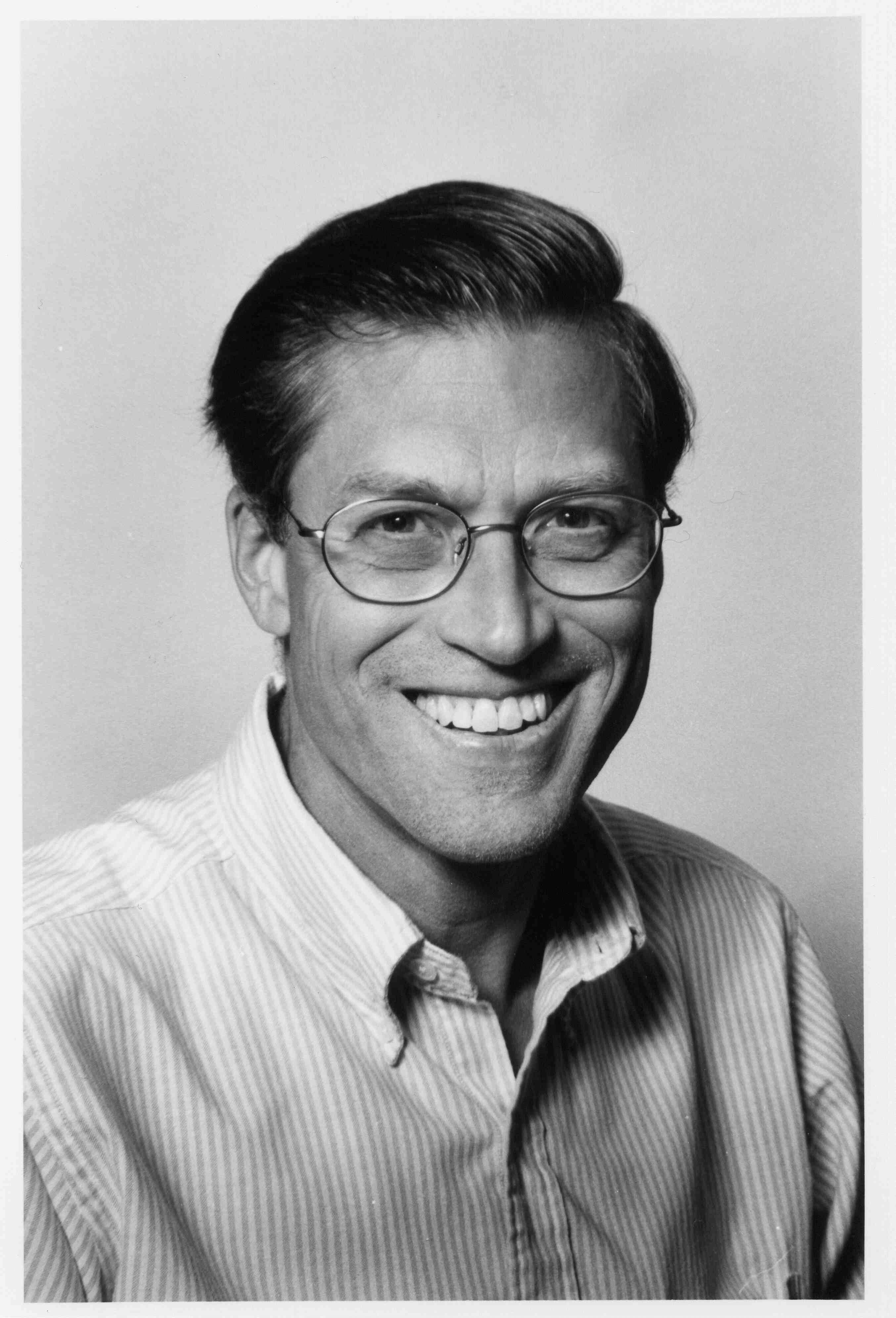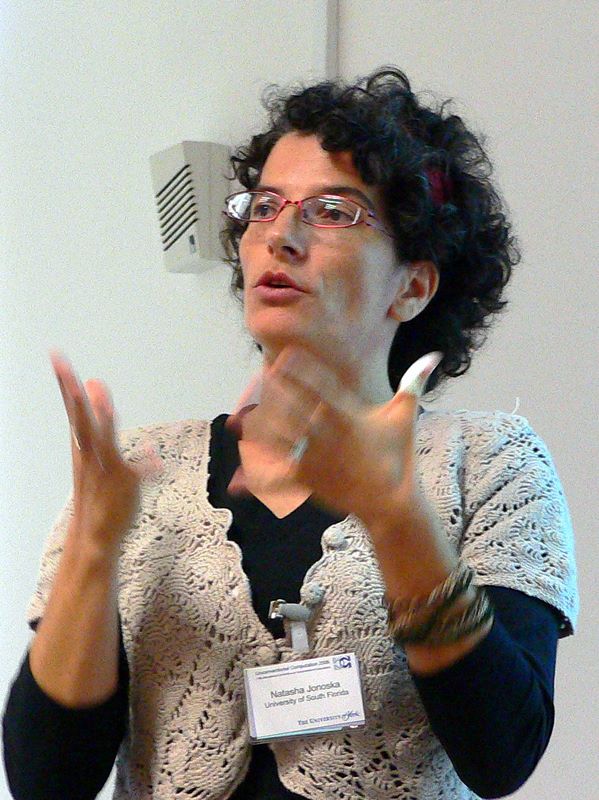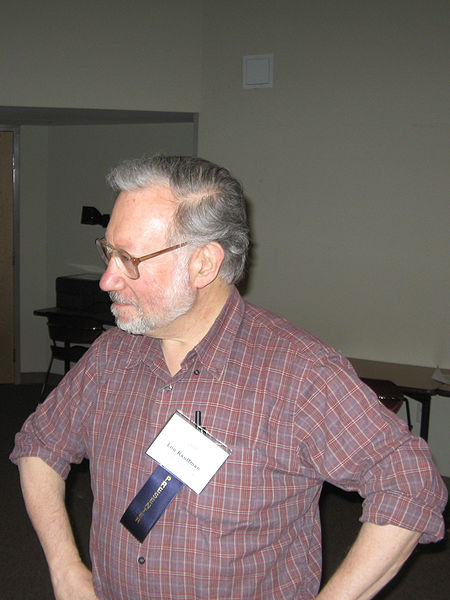|

David Bressoud
President, Mathematical Association of America
Issues of the Transition to College Mathematics
Over the past quarter century, 2- and 4-year college enrollment in first semester calculus has remained constant while high school enrollment in calculus has grown tenfold, from 50,000 to 500,000, and continues to grow at 6% per year. We have reached the cross-over point where each year more students study first semester calculus in US high schools than in all 2- and 4-year colleges and universities in the United States. There is considerable overlap between these populations. Most high school students do not earn college credit for the calculus they study. This talk will present some of the data that we have about this phenomenon and its effects and will raise issues of how colleges and universities should respond.
|
David Bressoud is DeWitt Wallace Professor of Mathematics at Macalester College and President of the Mathematical Association of America. He served in the Peace Corps, teaching math and science at the Clare Hall School in Antigua, West Indies before studying with Emil Grosswald at Temple University and then teaching at Penn State for 17 years. He chaired the Department of Mathematics and Computer Science at Macalester from 1995 until 2001. He has held visiting positions at the Institute for Advanced Study, the University of Wisconsin-Madison, the University of Minnesota, Université Louis Pasteur (Strasbourg, France), and the State College Area High School. David has received the MAA Distinguished Teaching Award (Allegheny Mountain Section), the MAA Beckenbach Book Award for Proofs and Confirmations, and has been a Pólya Lecturer for the MAA. He is a recipient of Macalester's Jefferson Award. He has published over fifty research articles in number theory, combinatorics, and special functions. His other books include Factorization and Primality Testing, Second Year Calculus from Celestial Mechanics to Special Relativity, A Radical Approach to Real Analysis (now in 2nd edition), A Radical Approach to Lebesgue's Theory of Integration, and, with Stan Wagon, A Course in Computational Number Theory.
|
|

Natasha Jonoska
University of South Florida
DNA rearrangements through spacial graphs
Motivated by recent models for DNA rearrangements we investigate smoothings on graphs that consist of 4-valent rigid vertices, called assembly graphs. An assembly graph can be seen as a representation of the DNA during certain recombination processes in which 4-valent vertices correspond to the alignment of the recombination sites. A single gene is modeled by a polygonal path in an assembly graph. A polygonal path makes a ``right-angle'' turn at every vertex, defining smoothing of the 4-valent vertices and therefore modeling the
recombination process. We investigate properties of these graphs, smoothing of their vertices, and the relationship to known smoothing in virtual knot diagrams.
|
Natasha Jonoska earned her Ph.D. from SUNY Binghamton in 1993. She has been a faculty at USF since August of 1993 and a full professor at USF since 2006. She has over 70 publications and has been funded by the National Science Foundation continuously since 2000. She has been awarded the tulip award for the DNA computing scientist of the year in 2007. She had six PhD students graduate under her advisement.
She serves on editorial boards of several journals; has been the chair of the steering committee for the annual DNA based computing conference; organized and been in program committees of many conferences; as well as has given many invited lectures and short courses around the world including courses in Chile, Italy, Spain, England.
|
|

Louis H. Kauffman - MAA Polya Lecture
Introduction to Knot Theory
Classical knot theory is the study of embeddings of a single circle (knots) or multiple disjoint circles (links) into Euclidean three-dimensional space. There are infinitely many different such embeddings up to topological defomation, reflecting the complexity (that we all know) of knotting and weaving of rope and yarn in the three-dimensional space of our experience. This talk will discuss how mathematical models for knots are constructed and how we investigate relationships between knotting and other subjects such as knotted DNA molecules in molecular biology and the structure of elementary particles. The subject of knot theory has a remarkably long reach into other subjects, mathematical and scientific. Rope tricks will be performed, but it is NOT expected
that the lecturer will disappear into 4-space.
|
Louis Kauffman has a PhD in Mathematics from Princeton University (1972) and has been teaching at the University of Illinois at Chicago since 1971, with visiting appointments at the University of Michigan,
Universidad de Zaragoza, Spain, Universita di Bologna, Italy, the Institute des Hautes Etudes Scientifiques in Bures Sur Yvette, France, and others. He is particularly interested in algebraic topology, knot theory and
formal diagrammatic systems; and his research in knot invariants and virtual knot theory opened up new fields of inquiry. He published several books including four on knot theory (by Princeton University Press and World Scientific Press). Kauffman received many awards including 1993 Warren McCulloch Memorial Award from the American Society for Cybernetics and the 1996 award from the Alternative Natural Philosophy Association (for
contribution to the understanding of discrete physics). In 2005-2008 he was President of the American Society for Cybernetics.
|